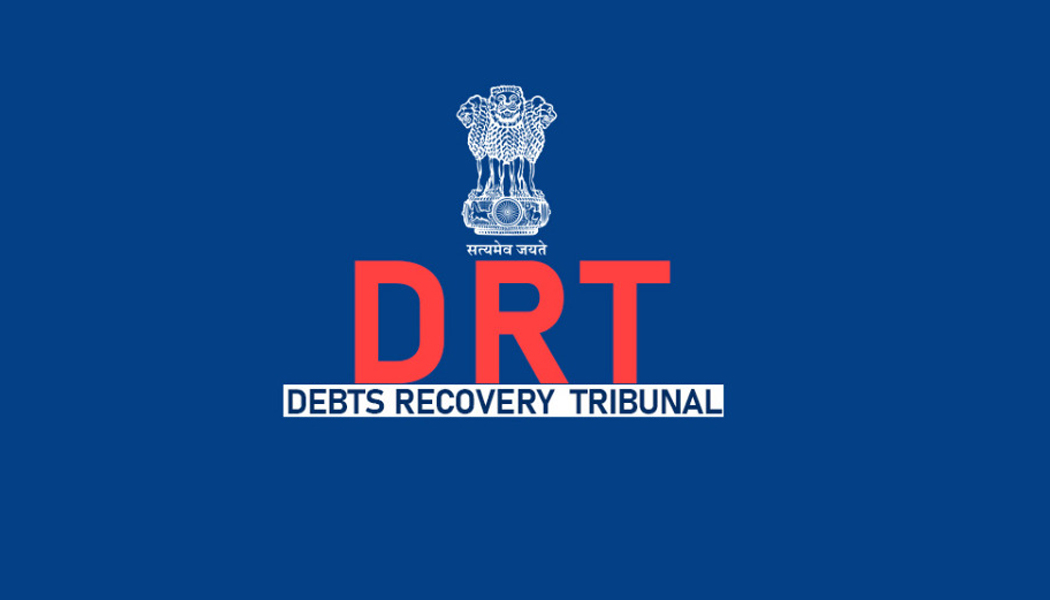
What is OA and SA in DRT?
OA (Original Application) and SA (Securitization Application) are two types of applications that can be filed in a Debts Recovery Tribunal (DRT).
OA (Original Application)
An OA is a type of application that can be filed by a bank or financial institution to recover a debt from a borrower. The OA must be filed in the DRT that has jurisdiction over the borrower’s place of residence or business.
The OA must contain the following information:
- The names and addresses of the applicant and the respondent (borrower)
- The amount of debt due
- The basis of the debt
- The dates on which the debt became due
- Any steps that the applicant has taken to recover the debt
The applicant must also attach supporting documents to the OA, such as loan agreements, repayment schedules, and demand notices.
Once the OA is filed, the DRT will issue a notice to the borrower and schedule a hearing. The borrower will have an opportunity to respond to the OA and present their own evidence.
If the DRT finds in favor of the applicant, it will issue a recovery certificate. The recovery certificate will authorize the DRT to recover the debt from the borrower’s assets, such as bank accounts, salaries, and property.
SA (Securitization Application)
An SA is a type of application that can be filed by any person who is aggrieved by any action taken by a secured creditor under the Securitization and Reconstruction of Financial Assets and Enforcement of Security Interest Act, 2002 (SARFAESI Act).
The SA must be filed within 45 days of the date on which the aggrieved person becomes aware of the action taken by the secured creditor. The SA can be filed by the borrower, any third party with an interest in the secured asset, or any person who is otherwise affected by the action taken by the secured creditor.
The SA must contain the following information:
- The names and addresses of the applicant and the respondent (secured creditor)
- A detailed description of the action taken by the secured creditor
- The grounds on which the applicant is aggrieved by the action taken by the secured creditor
- Any relief that the applicant is seeking from the DRT
The applicant must also attach supporting documents to the SA, such as copies of the loan agreement, the SARFAESI notice, and any other relevant documents.
Once the SA is filed, the DRT will issue a notice to the secured creditor and schedule a hearing. The secured creditor will have an opportunity to respond to the SA and present their own evidence.
The DRT will then decide whether to grant the relief sought by the applicant. The DRT can grant a variety of reliefs in SA cases, such as:
- Setting aside the action taken by the secured creditor
- Ordering the secured creditor to take specific action
- Awarding damages to the applicant
OA and SA applications are important tools for banks, financial institutions, borrowers, and other stakeholders to seek relief in debt recovery and securitization cases. The DRTs are specialized tribunals that are well-equipped to handle OA and SA cases.
Adcocate J.S. Rohilla (Civil & Criminal Lawyer in Indore)
Contact: 88271 22304
